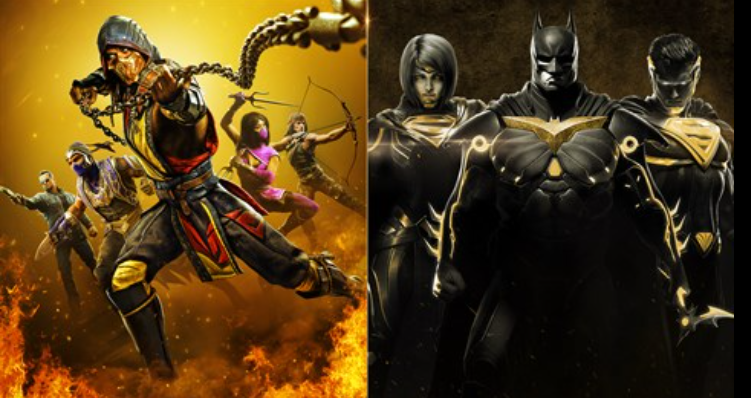Over the last nearly 30 years, I’ve had a lot of different kinds of personal cell phones. Phones have gone through a lot of different trends since I started using them, and I wanted to give an overview of my experience.
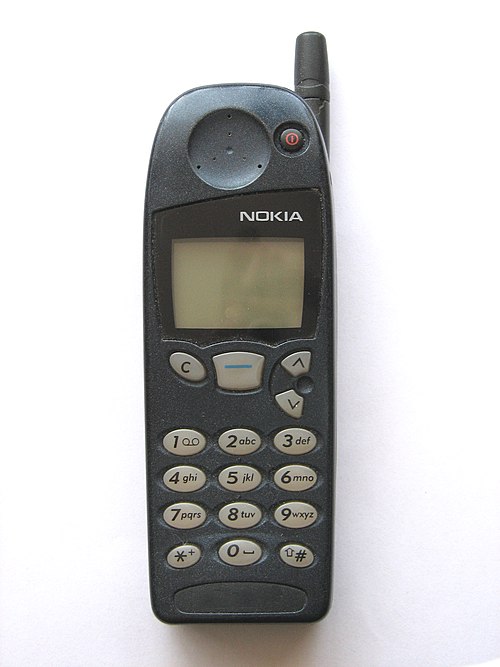
Nokia
The first phone I ever owned, somewhere around 16 years old, was a Nokia in the 90s. Mine was black, like the one I have pictured above. I remember very little of the phone, mostly playing the game ‘Snake’ on the monochromatic dot matrix screen. Also, the phone fit really well in the pocket, and the physical button had a nice nub on the 5 key so you didn’t need to look at it to know what you’re dialing.
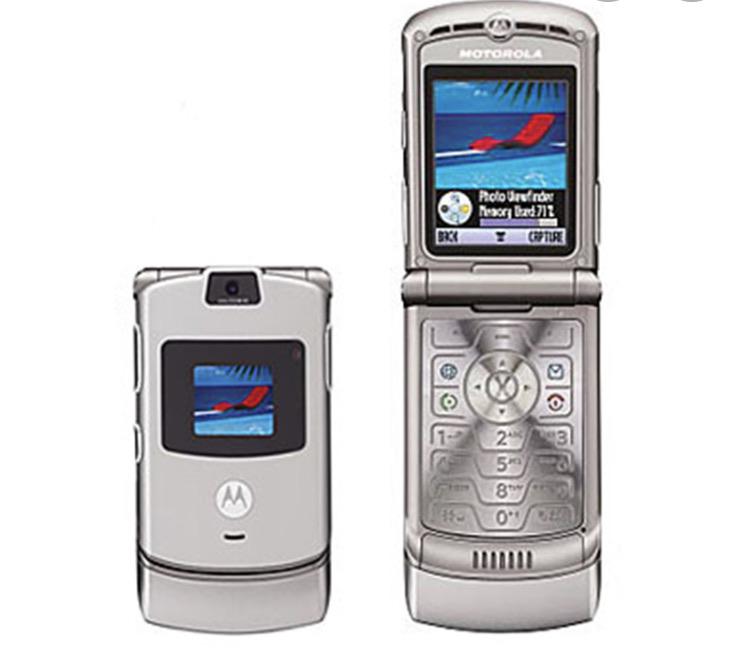
Moto Razr Flip Phone
The razr v3 was a cultural phenomenon in the early to mid-2000’s, it was a super sleek flip phone that easily slid in your pocket. You could easily customize your ringtone with default tones, and Sprint allowed you to download songs (for a fee) of the hottest hits of the day. I liked the phone and didn’t ever again own anything quite like it.
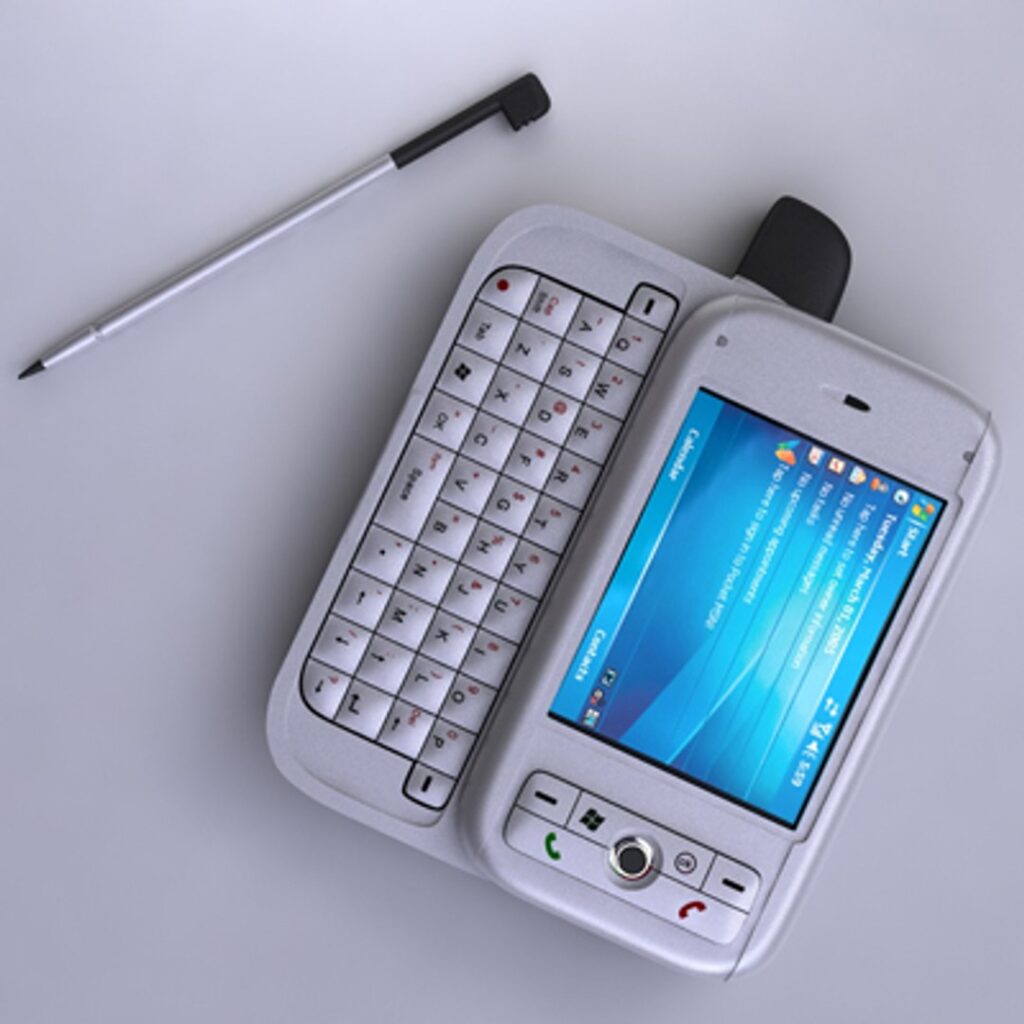
Windows Brick Phone
After my adventure with the Motorola Razr, the company I worked for offered to pay for a phone and the service for employees. How great is that?! Until you realize they’ll call you at all hours, which is a different story. I excitedly chose the windows brick of a phone pictured above around 2005 which behaved more like a little computer than a boring old phone. I could only imagine applications that could be loaded on a phone that behaved like a computer, and it felt so futuristic with the touch screen. It even had a stylus that hid in the antenna nub. I totally geeked out over this phone. Unfortunately it wasn’t great, it had a lot of stability issues and freezing, forcing you to reset. When you didn’t realize it was frozen, you’d miss calls. I was ready to move on from this phone (and the super styling belt case I had for it that was probably the geekiest damn thing I’ve ever done… and that’s saying something).
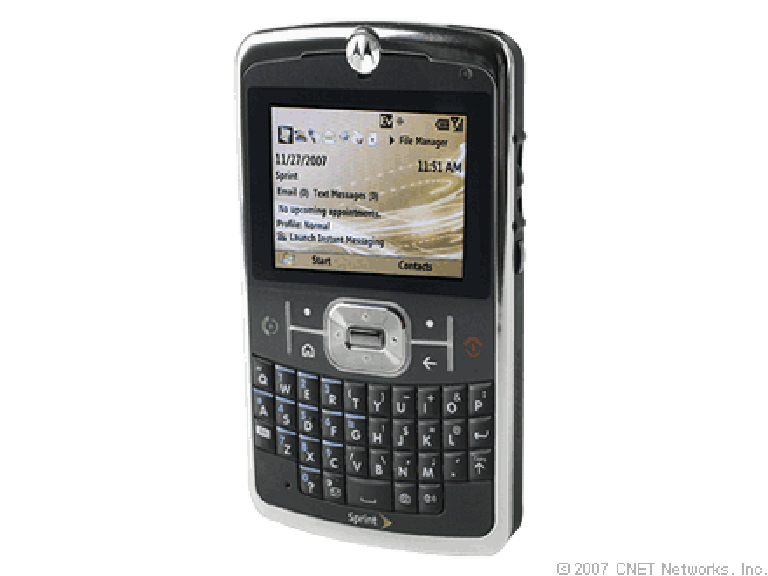
Moto Q
Motorola’s answer to the blackberry craze of the late 2000’s, the moto q was amazing. It was the best mix of computer in your hand as it could pull email, rss news feeds, had a great little display and the full button keyboard below it with the nubs you need to know where the keys are and don’t have to look at the device. Motorola was my favorite phone manufacturer of the 2000s. This phone treated me very well and I look back on it very fondly.
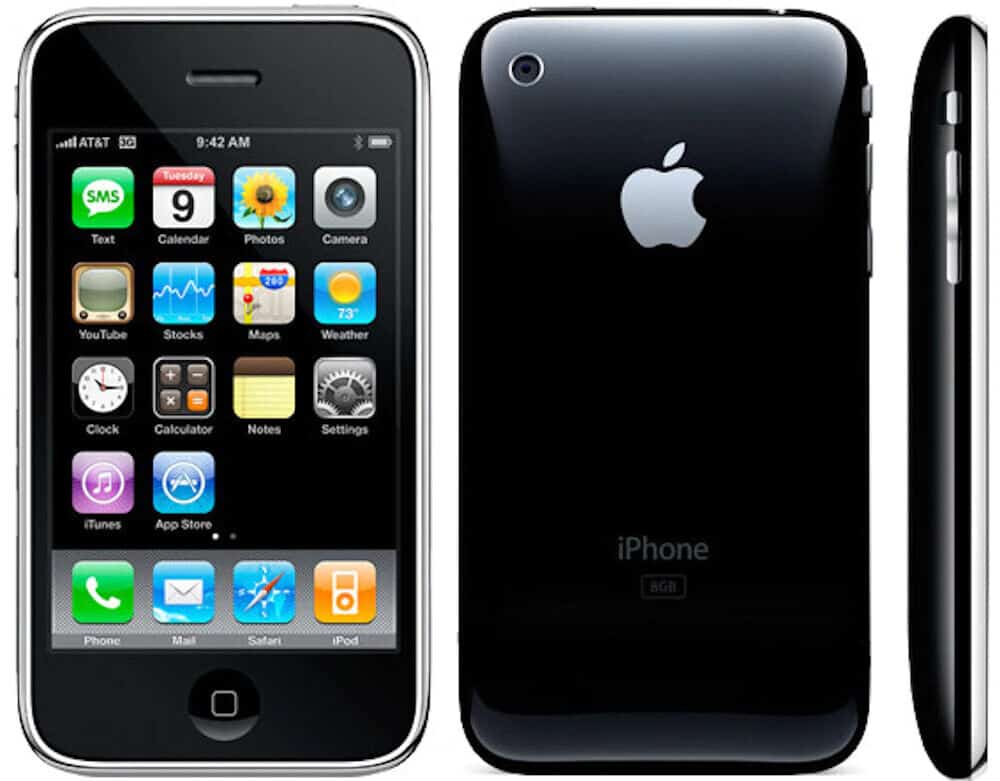
iPhone 3gs
Early 2010s, I wanted to understand the growing culture around Apple devices. I was a Linux/Windows boy and inherently and did not care for the youthful beret wearing poetry reading coffee-shop frequenting image they cultivated. I had heard from multiple people that Apple really had something with this line of phones. No keyboard, which made me a bit nervous, but the phone felt very futuristic. Not only the physical design, but Apple cultivated and iterated upon the Windows concept of a full computer in a phone form factor and had actually helpful and usable applications that the Windows phone really didn’t do very well. Upon reflection, looking back at my experience with this phone, the thing that stands out most to me isn’t the phone (which was pretty great) but the iTunes application which I grew to absolutely detest to this day. iTunes is/was needed to load music on to your phone so you didn’t have to carry around a separate mp3 player (which I did because I hated iTunes so much).
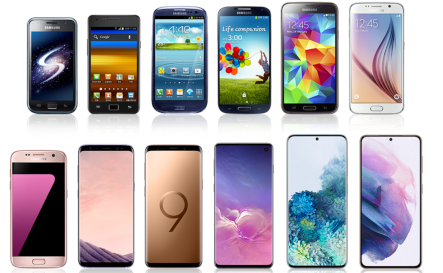
Samsung Galaxy
I moved from the iPhone 3gs to the Samsung Galaxy S3, which worked really well for me. Where Apple was a fascist of a ‘walled garden’ of an ecosystem, Android felt more open and flexible and met my needs. There was no BS around purchases being locked into a single companies device. Music I could acquire via the mp3 format I could put anywhere I wanted. The devices were all pretty good. I still lamented the loss of my physical keyboard with nubs, but the touchscreen was great and got better through the generations. The only issue I had was it felt like over 2 years or so the device *felt* like it was forced into obsolescence. There was a big to-do about software gimping older devices from manufacturers to get you to purchase the latest devices. Did Samsung do it? Maybe, I don’t think there’s ever been hard proof, but it certainly felt that way. The main thing that bothered me in the multiple years I used those devices was they forced the usage of certain pre-installed software, some of it paid for by other companies. Samsung replaced default android software for reasons I couldn’t understand, so in the late 2010s I wanted to move to a more default android experience, which led me to…
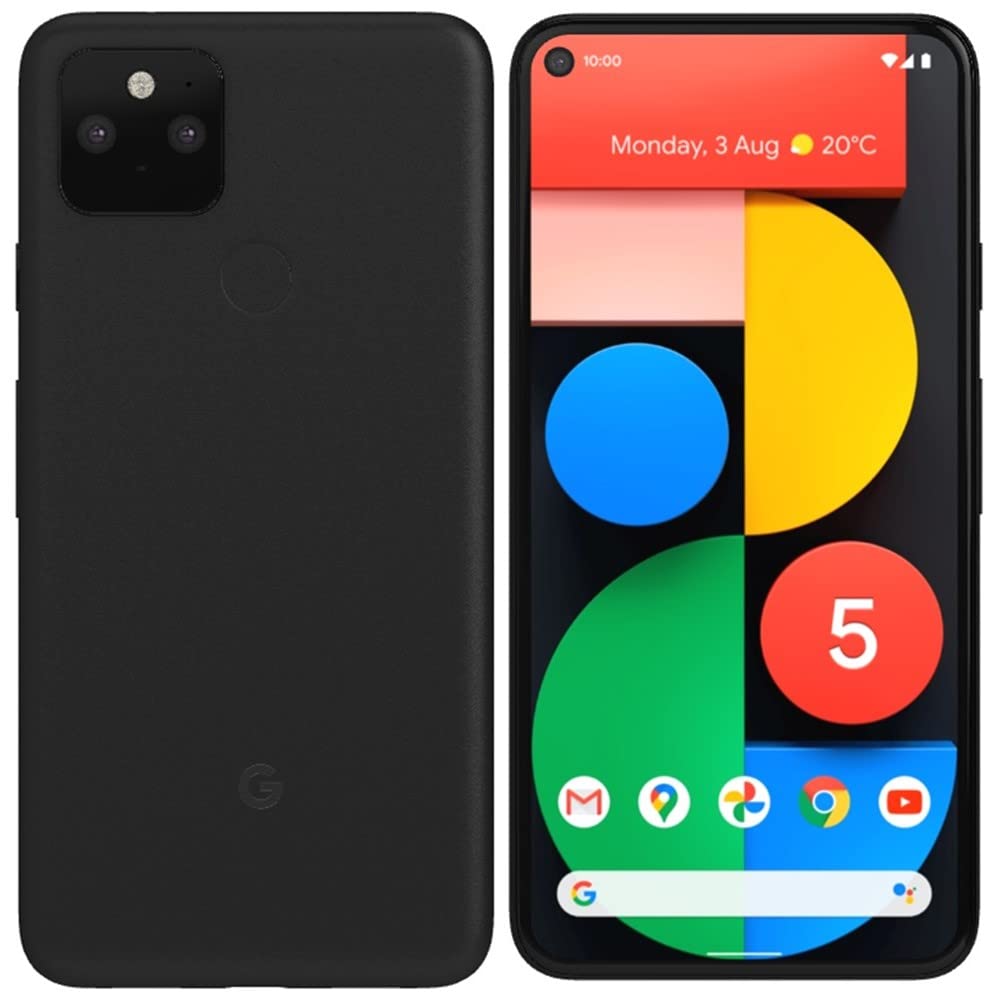
Google Pixel
While I did want to try a pixel phone in the late 2010s, it wasn’t until 2021 that I had the opportunity to do so. I was up for a phone renewal and the company I worked for began offering pixel phones, specifically the Pixel 5. I had this pixel 5 for 4 years, the longest I’ve ever had a single phone, and it’s honestly the best phone I’ve ever had. The only reason I recently replaced it with the Pixel 9 was because the battery severely struggled to hold a charge throughout the day.
The innovation of phones really slowed down through the 2010s and were basically relegated to slight CPU and memory increases, slight camera advances, and software advances. AI is the current hip trend in why to get a new phone, though I’m not sure most people will buy into that, though time will tell. Google will now support phones for 7 years (if only the batteries hold a charge that long!) which is really nice because my Pixel 5 ran out of software and OS support a year and a half ago. My pixel 9 I picked up last week should remain in software support past the device/battery lifetime, which is great. If Google made it a bit easier to replace the battery (the Pixel 9 has a 41 step process that’s fairly delicate work, I don’t think I really want to jump into), then I likely would keep the device throughout the software support lifetime.

Where is Phone / Handheld Computer Technology Going?
Will we move to another form factor? Maybe something the size of a watch? Maybe another wearable like glasses? Augmented reality glasses have been around the last 15 to 20 years, but not in any real practical way. I’d really like to see a wearable like a watch become a powerful central compute unit that could communicate with AR glasses or Bluetooth headsets. To be viable, it would need a display technology for a user interface that doesn’t exist practically today. Hopefully we’ll see a major advancement in the next 10 to 20 years that’s either like what I describe here, or something entirely different! Should be exciting!

